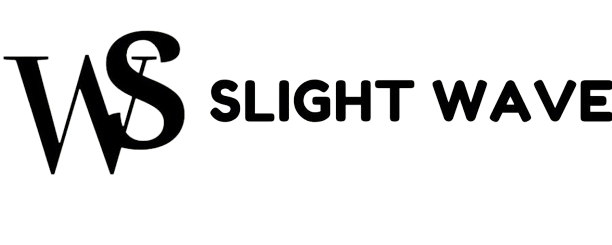The Role of Drafting in Ensuring Compliance with Building Codes and Regulations
Following building codes is essential to ensuring the sustainability, usability and safety of building and shop drawing services. Every structurally solid and legally valid structure has a critical procedure called drafting going on behind the scenes. The process of converting building systems into concrete structures that meet various building standards and regulations is called drafting, art and science This article examines the important function of design to ensure compliance with building codes and regulations and explains the importance, challenges and possibilities for future implementation.
Understanding the Foundations
Essentially, the design is the bridge between the architectural concept and the actual realization of that vision. Artists create designs that consider place, function and aesthetics. However, these designs should be scrutinized for compliance with regional, federal and global design standards and regulations. With technical efficiency and precision, the designers transform these drawings into detailed plans and construction documents that comply with all legal requirements The designers carefully describe the interiors, materials of the buildings internal processing, space design, and mechanical design to ensure that every aspect of the drawing complies with applicable codes and regulations.
Navigating Legal Frameworks
One cannot stress the importance of drafting in guaranteeing compliance. Requirements for energy efficiency, environmental sustainability, accessibility, fire safety, and building quality are detailed by building codes and regulations the coordinator ensures that these specifications are carefully included in design documents to avoid communication breakdowns between contractors, regulators, architects and engineers Potential conflicts, delays and cost overruns during construction are reduced by addressing compliance first throughout the drafting phase Additionally, following building codes and standards reduces liability risk, protects tenants and builds public confidence in the structures.
Precision Matters
Even with its great significance, drafting for compliance presents a variety of difficulties. Professionals involved in drafting must always be learning and adapting to the always changing world of construction standards and regulations. It takes interdisciplinary cooperation and continual professional development to stay current with revised codes, standards, and best practices. It can also be difficult to navigate the complex web of regulatory regulations that vary between jurisdictions. Variations in zoning laws, local codes, and permitting procedures require careful drafting techniques that take into consideration local uniqueness while adhering to general guidelines.
Furthermore, connecting disparate technologies and organizing a variety of parties inside extensive drafting documents can be difficult due to the complexity of current building projects. Drafters are required to coordinate a symphony of information, ranging from structural drawings and 3D rendering floor plan to mechanical, electrical, and plumbing (MEP) schematics, in order to guarantee comprehensive compliance. It becomes essential to coordinate across disciplines in order to resolve possible disputes and maximize design efficiency. Building Information Modeling (BIM) technologies and sophisticated drafting tools allow for seamless cooperation and real-time integration of regulatory requirements into the design process.
Building Codes Decoded
Moreover, ethical considerations go beyond technical expertise when it comes to guaranteeing compliance through drafting. Transparency, correctness, and integrity are given top priority when communicating design purpose and regulatory compliance through ethical drafting processes. In addition to endangering safety and legality, fabricating information or evading regulations damages the reputation and expertise of the drawing profession. Maintaining ethical standards in the drafting process requires a dedication to truthfulness, thoroughness, and responsibility. This promotes a culture of trust and compliance in the construction sector.
Future advances in technology and the changing regulatory environment may keep the prospectus evolving to ensure compliance. Emerging technologies that have the potential to transform the writing process include generative design, artificial intelligence and augmented reality. These technologies can streamline compliance operations and improve design optimization. AI-driven algorithms can automatically develop compliant design solutions by analyzing regulatory requirements and speeding up the drafting process while reducing errors. In a similar vein, augmented reality tools let stakeholders see designs in actual settings, making it easier to detect compliance problems early on and promote teamwork when solving them.
The significance of incorporating environmental factors into drafting methods is highlighted by the increased focus on sustainability and resilience in Texas residential solar panel installation services. Global construction standards and regulations are progressively requiring the use of sustainable design principles, such as energy-efficient systems, green building materials, and passive solar techniques. Drafters play a vital role in implementing these concepts through diligent material selection, energy modeling, and life cycle analysis within drafting documents. Drafters contribute to the development of resilient, low-impact built environments that reduce climate change and improve quality of life by incorporating sustainability into building designs.
Conclusion
Drafting is essential for guaranteeing adherence to construction norms and regulations, which makes it easier to translate architectural concepts into constructed environments that are secure, useful, and sustainable. Drafters handle the complexity of regulatory requirements to produce thorough design papers that resist regulatory bodies’ inspection by applying ethical integrity, interdisciplinary collaboration, and rigorous attention to detail. The role of drawing will continue to grow and change as regulations change and technology advances, spurring innovation and excellence in the construction sector. Drafters will continue to be essential in forming the built environment of the future if they accept these changes and maintain the highest levels of professionalism.







